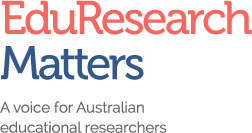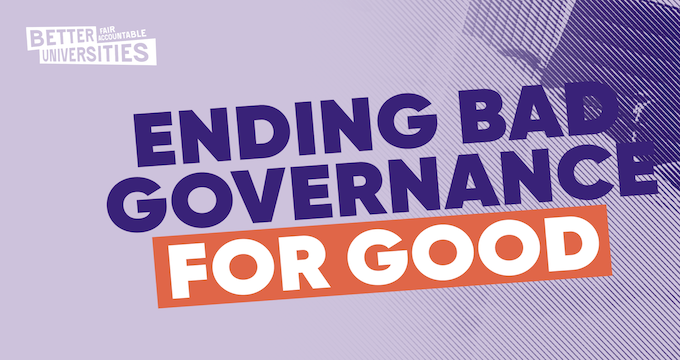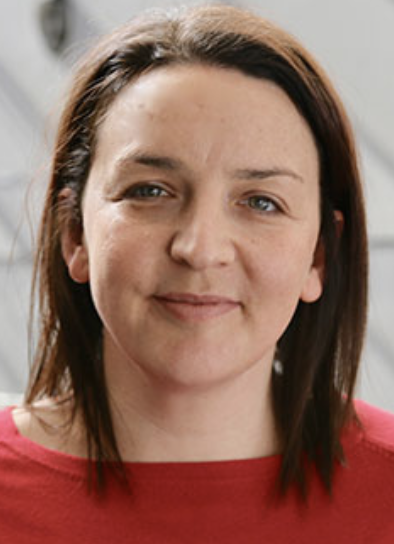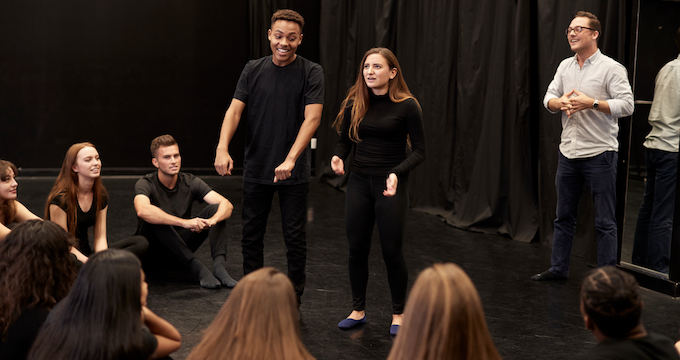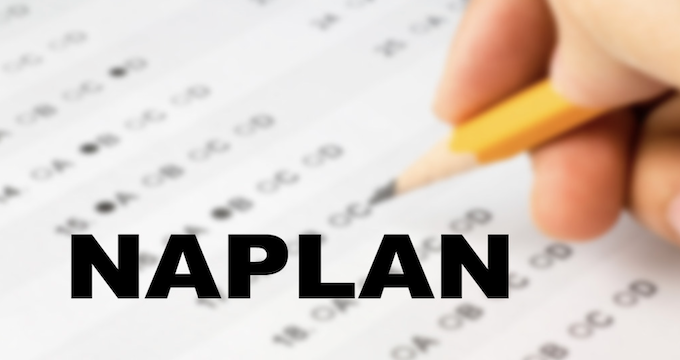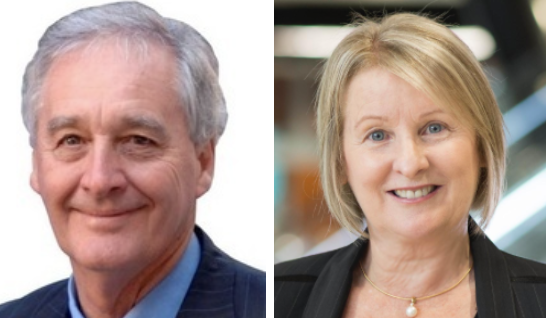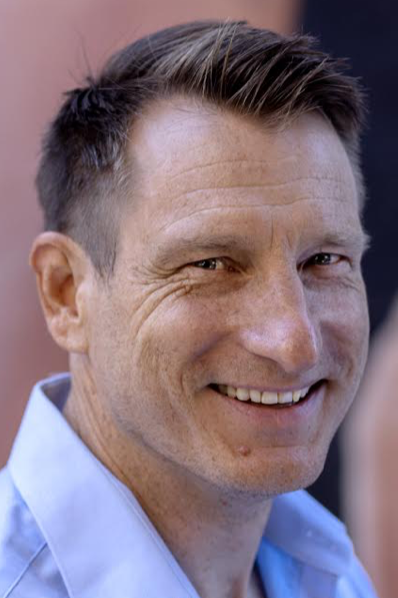This is the fifth and final day in our series of posts on AARE’s education priorities for the 2025 federal election. Today’s posts are about widening participation and nurturing aspirations.
We have a long way to go to make higher education more equitable. Postcode, income, family background, and Indigenous status are still major determinants of who gains entry to university in Australia.
Thankfully, the incumbent federal government recently reaffirmed its commitment to equity as part of the Universities Accord. It states 80 per cent of Australians will need post-school qualifications to meet the workforce needs of 2050. It has also has proposed new participation targets for First Nations students, students from low SES backgrounds, those from regional and remote areas, and students with a disability by 2035.
Such goals have become increasingly important in recent months against a broader international backdrop of “anti-DEI” sentiment fuelled by the Trump administration. Equity is becoming heavily politicised and decades of progress already being erased in the United States.
Ensuring young people from underrepresented backgrounds have the opportunity to access university is important now more than ever.
Achieving these goals requires genuine structural reform. My research shows that early entry schemes offer some timely insights into what is needed.
Admission: A key piece in the puzzle
In Australia, the single most common pathway for a young person to gain entry to university is via an ATAR. That’s the scaled rank students receive at the end of secondary school based on their final exams and assessments.
However, young people experiencing disadvantage are either less likely to receive an ATAR at the end of high school or more likely to receive a lower ranking compared to their more advantaged peers.
Numerous studies have demonstrated this biased nature of the ATAR. It has even been suggested that the use of the ATAR as the major selection tool for university entry has directly led to the “replication…of the [university] student profile” over time.
To counter this lack of diversity, an increasing number of ‘alternative’ pathways to enter university have been developed. These pathways include, for example, enabling and bridging programs, portfolio entry, and articulation through a VET provider.
Such initiatives are designed to meet the needs, experiences and identities of a more diverse range of students. It also challenges conventional beliefs that ability, merit and talent are only expressed through certain forms of academic achievement.
University early entry: A contentious practice?
Many of these ‘alternative’ entry pathways support non-school leaver entry to university. Early entry schemes target Year 12 students by offering potential candidates a place at university using criteria other than (or in addition to) their ATAR.
By targeting this cohort, early entry schemes are seen as a “contentious practice,” sparking a moral panic. That’s based on the belief they cause students to lose motivation at school. This is because – as the name implies – students receive their offer well before main round university offers and sometimes even before their final exams.
Equity features in these schemes through shifting the dominant measure of achievement and ability beyond the ATAR. Instead, an offer might be based on a combination of Year 11 coursework, a recommendation from a principal, extracurricular achievements, a personal statement, or contribution to the community. Some schemes also target specific equity groups.
However, concerns have been expressed that early entry might actually work against equity goals. Why? More privileged students are also more likely to be able to accrue valuable extracurricular experiences and leverage their social networks. Early entry has also been called an aggressive “arms race” among universities. That’s based on the belief that universities use the schemes to simply meet their recruitment targets.
To counter some of these issues, new guidelines were put in place by the federal government in 2024 to restrict the timing of early offers. A new national framework is currently being developed.
A chance to do admissions differently
Instead of seeing early entry as a ‘contentious practice’ because it is disrupting tradition, we should think differently. What if such schemes actually offered a genuine chance to do university admissions differently, ensuring university is accessible to all?
As part of a research study I led in 2023, I conducted interviews with school-leavers from underrepresented backgrounds who had gained admission to university via early entry. These students described complex home lives, forced displacement, struggles with physical and/or mental ill-health. They experienced intersecting forms of material and social disadvantage. Underlying their stories were four key principles inherent in early entry that played a significant role in widening access to those most in need. These included:
· Recognition of broader forms of success and different kinds of capabilities, opening up the possibility of higher education.
· The certainty of having a university offer much earlier in the calendar year. That alleviated the pressure and anxiety commonly experienced during senior secondary school for both young people and their families.
· A sense of care for young people’s health and wellbeing, treating these as genuine concerns.
· Empathy for the complexities of young people’s lives, helping them to make a more positive post-school transition.
The future
As we look towards the future of university admissions, we must move beyond the damaging depictions of early entry. These condemn young people for using these pathways. Instead, we must consider how these principles can foreground reform in this area, and how admissions processes can continue to evolve to better meet the needs of all Australians.

Sally Patfield is a lecturer in the School of Education and member of the Teachers and Teaching Research Centre at the University of Newcastle. Her research focusses on issues of equity and social justice across formal schooling and higher education, particularly in relation to educational and social inequities connected to social class, rurality, first-in-family status, race, and the changing nature of the education system.

